It might need a tad more effort, but growing lungwort in pots is well worth it – we reveal 5 crucial factors to get right for thriving plants
Includes tips for picking the best soil and pot, plus where to place and how to care for lungwort in containers

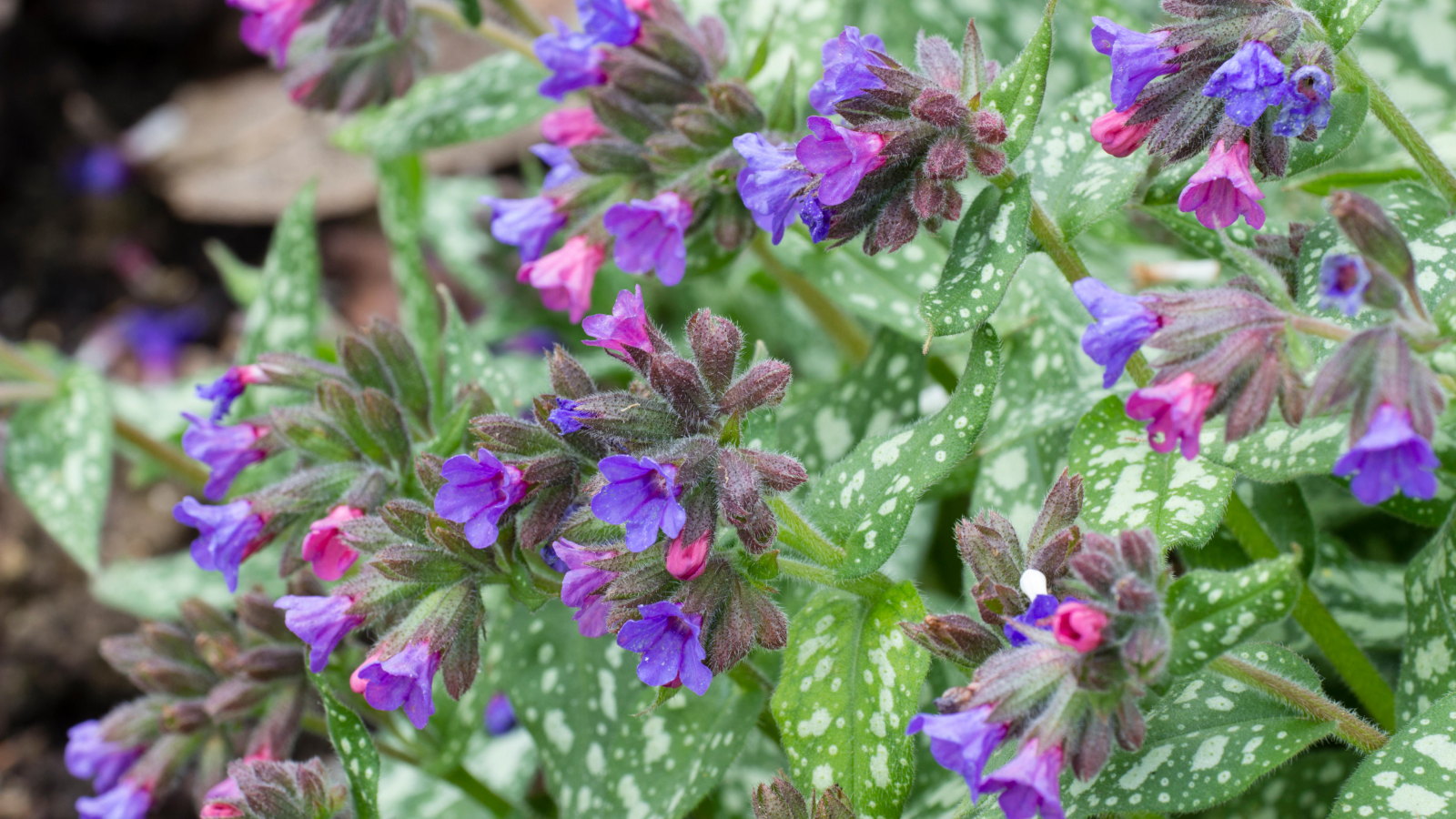
Lungwort is a shade-loving spring-flowering perennial plant often used to fill trickier spots in a garden under trees and shrubs. If you have a smaller garden, you can still grow lungwort in pots, provided you have them in the right spot and give plants the TLC they require.
Also known as pulmonaria, lungwort plants reach six to 12 inches tall and have delicate pink, blue, or white blooms in spring, depending on the variety. The one potential drawback is that, when you grow lungwort in pots, it needs more attention than plants in the ground.
But how much extra attention? And is it worth it? To answer these questions, this guide to growing lungwort in pots looks at five key elements that will keep plants happy, including the maintenance involved in caring for them.
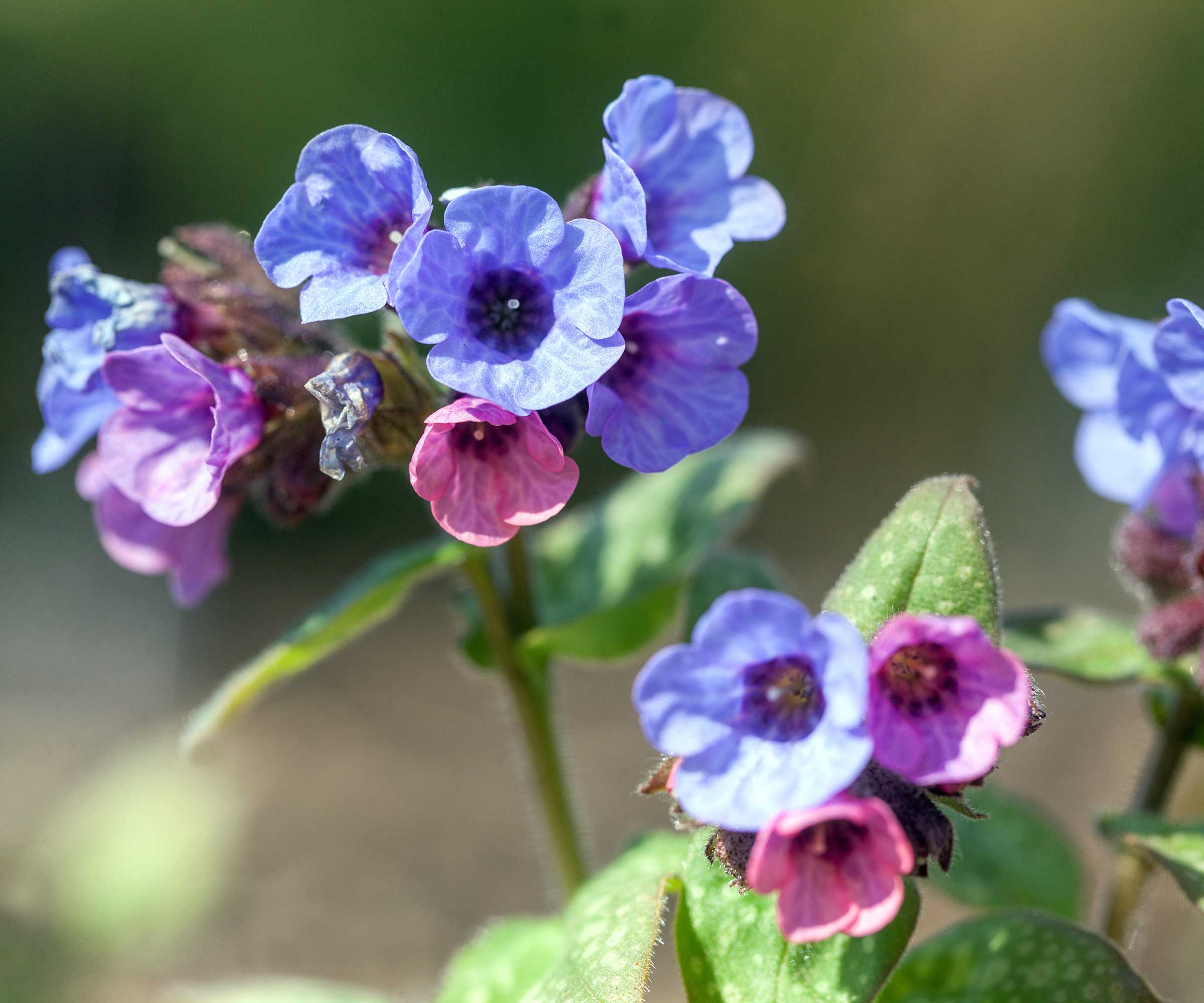
5 crucial elements to get right with lungwort in pots
If you ever wondered, can I grow lungwort in pots, well the answer is yes. These perennial plants can do well in many types of containers, provide you heed the following advice:
1. A suitable pot
A basic element to get right with container gardening is to give each plant the proper pot. The right container ensures a plant thrives, while the wrong pot can leave it unhappy or contribute to a plant’s demise.
For lungwort in pots, they want a medium-to-large container. The plants may not be huge, but they grow quickly and have an expansive root system. An individual lungwort can grow in a minimum 12-inch container, while two plants will happily thrive together in an 18-inch container.
A container can be plastic, metal, ceramic, wood, or concrete. However, lungworts are not necessarily suited for being put in terracotta pots, as these tend to dry out quickly.
Design expertise in your inbox – from inspiring decorating ideas and beautiful celebrity homes to practical gardening advice and shopping round-ups.
What is imperative is that any container has drainage holes in the bottom. This means any excess water can escape, preventing the plant from sitting in waterlogged soil.
A young lungwort should start life in a smaller pot and be repotted into larger ones. This is better than going straight for a large pot, as ‘overpotting’ and putting plants into too-large homes causes them to suffer from excess moisture in the soil.
2. The right soil
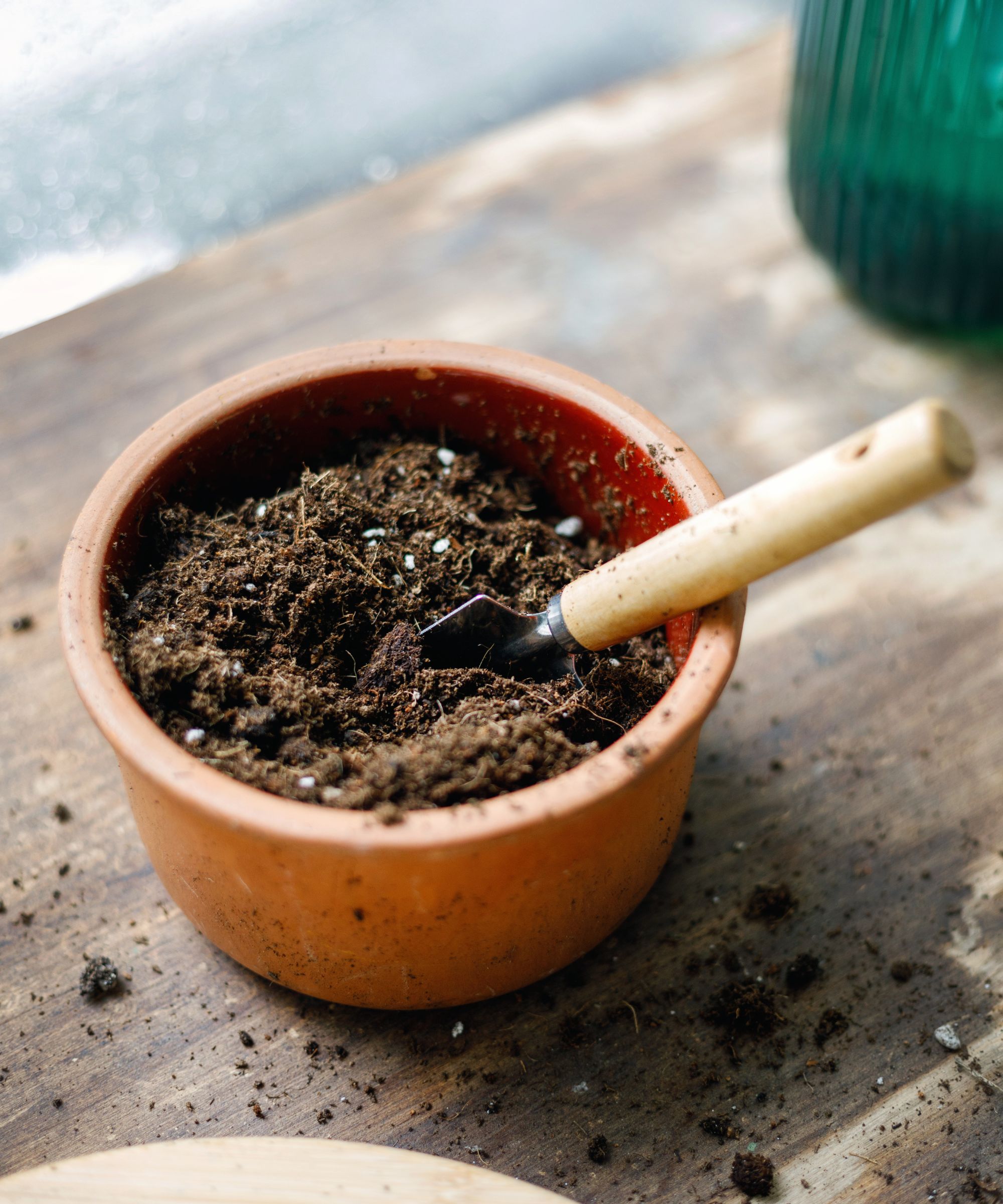
Lungwort in the ground prefers to grow in rich, moist, and well-drained soil, and you need to provide those same conditions when growing lungwort in pots.
Use a quality potting mix designed for pots, which always makes the best soil for container gardening. These products are a mix of ingredients that provide good drainage and nutrients to potted plants.
Check any product to see if it contains sphagnum peat moss. As it is advisable not to use mixes with peat moss, as it can lower the pH away from the 7-8 that lungworts prefer. You can get potting mixes that contain compost or coir, such as this organic potting mix at Burpee.
Never reuse potting soil, as it may be depleted of nutrients and harbor pests or diseases. And do not use garden soil in pots, which may also contain harmful bacteria or fungi, and also sits too wet and leaves plants susceptible to rotting.
3. The ideal location
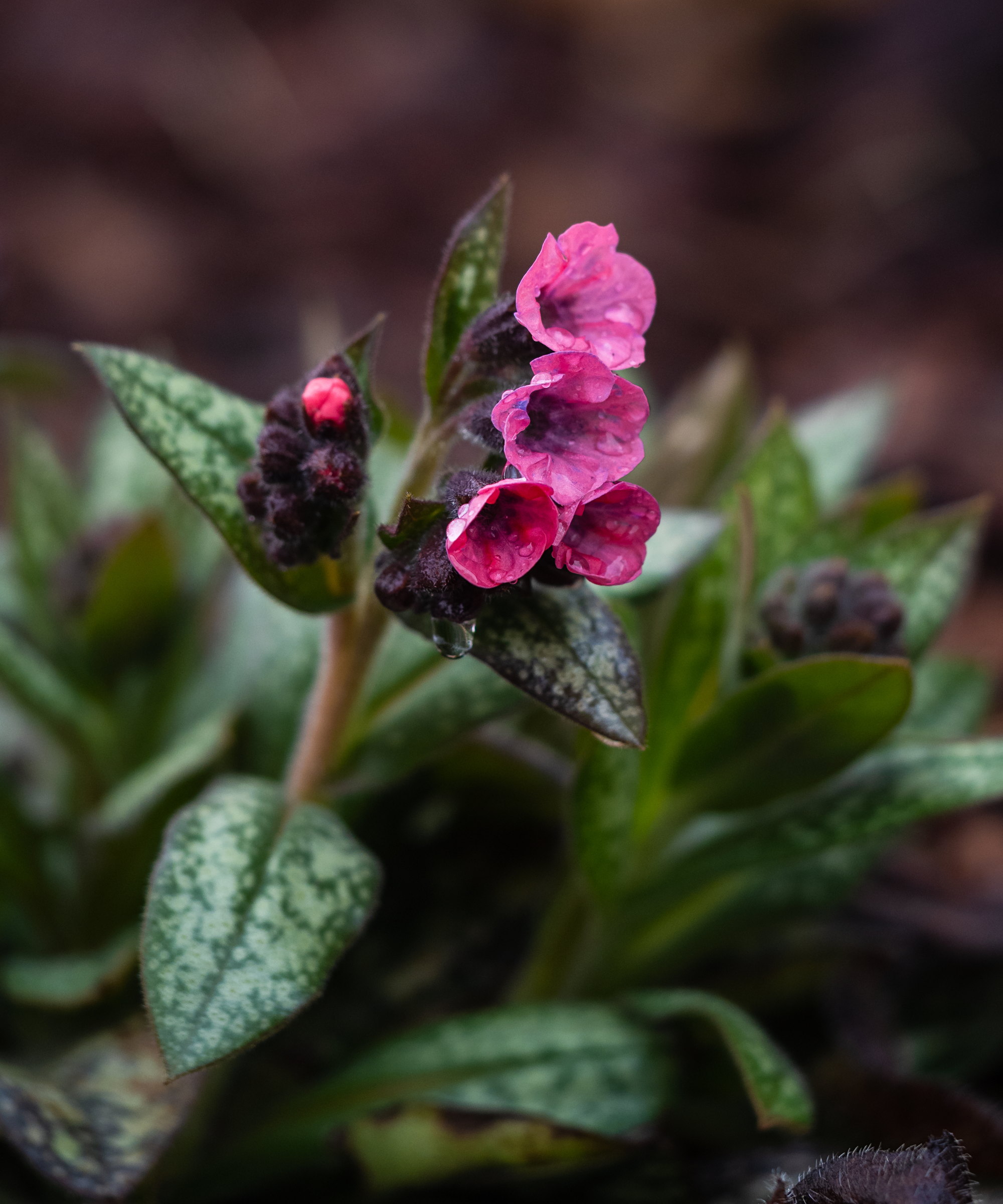
Lungwort in pots prefers a part-shade spot in your yard. They are ideal shade plants and can happily grow in the part-shade of buildings on a deck or patio, or dappled shade underneath garden structures, trees, or shrubs.
Look around your yard to find a location where lungwort receives the shade it needs to thrive, but will get at least three hours of sunlight. Too much shade and not enough light can impact blooming and deprive you of the sight of the lovely tubular flowers in spring.
It would be a mistake to place pots in full sun. While lungwort will tolerate morning sunshine, it needs protection from the intense afternoon sun during summer. Too much sun can lead to leaf scorch and the plants to wilt.
One benefit of growing lungwort in pots is that you can move the containers out of the sun when needed, or to a spot with a bit more light if there is too much deep shade in the first location.
Lungwort plants are hardy in US hardiness zones 3-9. In colder climates, lungwort in pots are best moved to a protected space for winter to prevent the roots getting harmed by frosts. Alternatively, you can get covers, such as these winter pot covers at Amazon, that can be put around containers to insulate them.
4. Remember regular watering
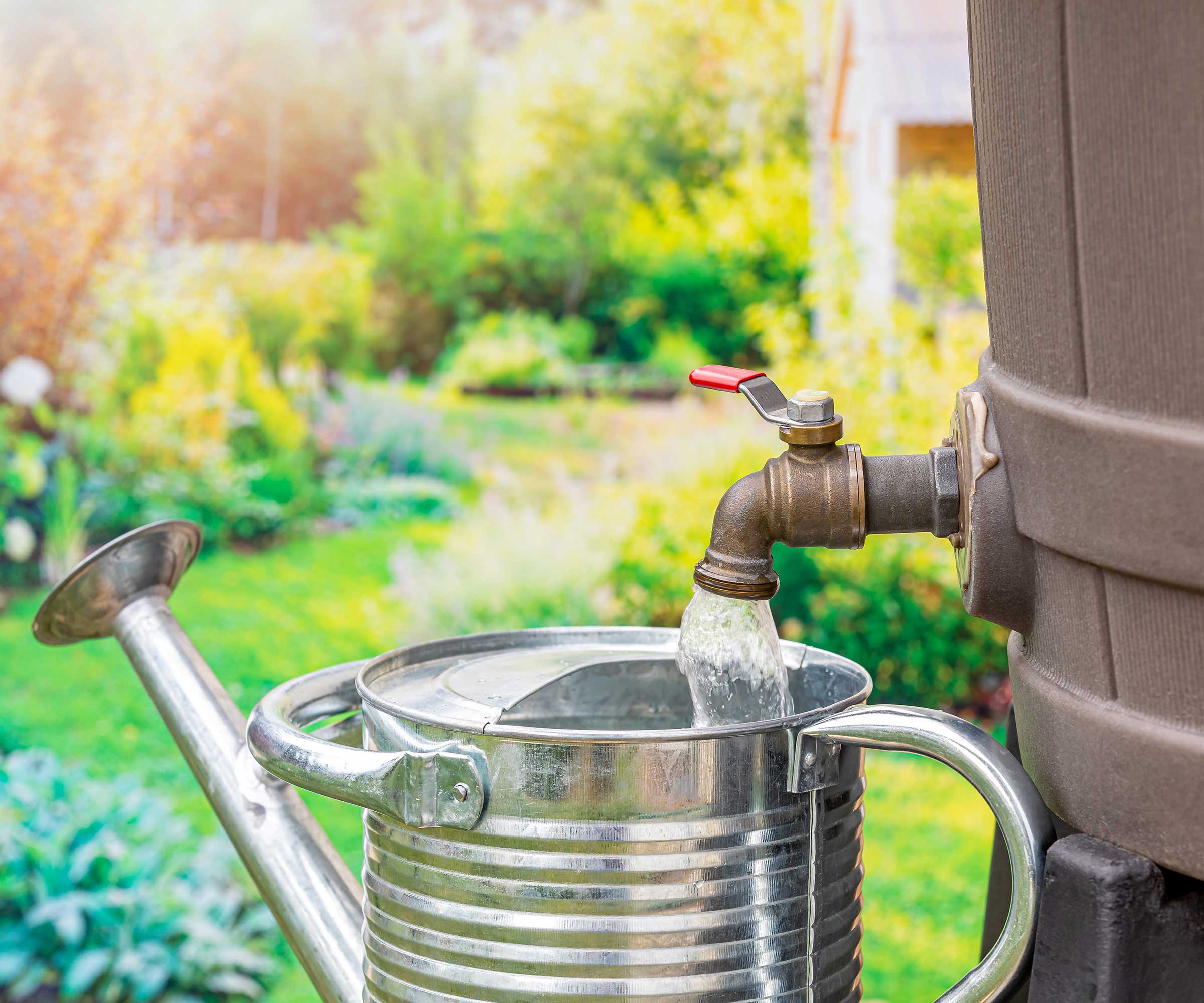
As mentioned earlier, there is an extra workload involved when you grow lungwort in pots compared to when they are in the ground.
Lungwort do require watering and feeding when growing in flower beds or garden borders, even as relatively drought-tolerant perennials, they perform best with consistently moist soil, a feed in spring, and mulching.
In particular, how often you water plants increases with lungwort in pots. The plants like the soil to be consistently moist, so they may need deep watering at least once a week during summer.
When watering plants in containers, check the moisture level a few inches under the surface either with your fingers or a soil moisture meter. When the top few inches of soil are dry, water the pot until it runs out of the drainage holes.
Keep the soil moist, but avoid overwatering plants. Lungwort does not like sitting in soggy soil for long periods, it impacts their growth and runs the risk of root rot.
5. Annual fertilizing is crucial

Lungwort in pots benefit from feeding with a balanced slow-release fertilizer in spring, and again in summer.
Use a granular fertilizer and mix it into the top layer of the soil, before watering in well. This regime should provide enough nutrients for the plant to develop healthily and put on a strong flowering display.
One good example of a product to use, and one I have used to feed container plants over the years, is this Osmocote smart release plant food, available at Walmart, that has an NPK of 14-14-14 and feeds plants for up to four months.
Topping the soil with fresh compost each year will also supply food to the plant. This can be done in early spring for an early boost of nutrients, or in the fall to protect the roots from the winter cold.
FAQs
Can Lungwort be a houseplant?
Lungwort is not a conventional indoor plant, but it can grow as a houseplant in the right conditions. The most important aspect to get right is the light. It will need a sunny spot with lots of indirect light, as indoor light is not as intense as outdoors, rather than a south-facing window. It wants to be away from fluctuating temperatures that come from radiators, air circulation, or drafts, and not allowed to dry out.
One bit of good news is that, whether growing in the ground or pots, lungwort does not require much pruning. Simply remove the entire flower stems after blooming with clean and sharp pruning shears, and remove any damaged leaves to keep the plant looking in top shape.
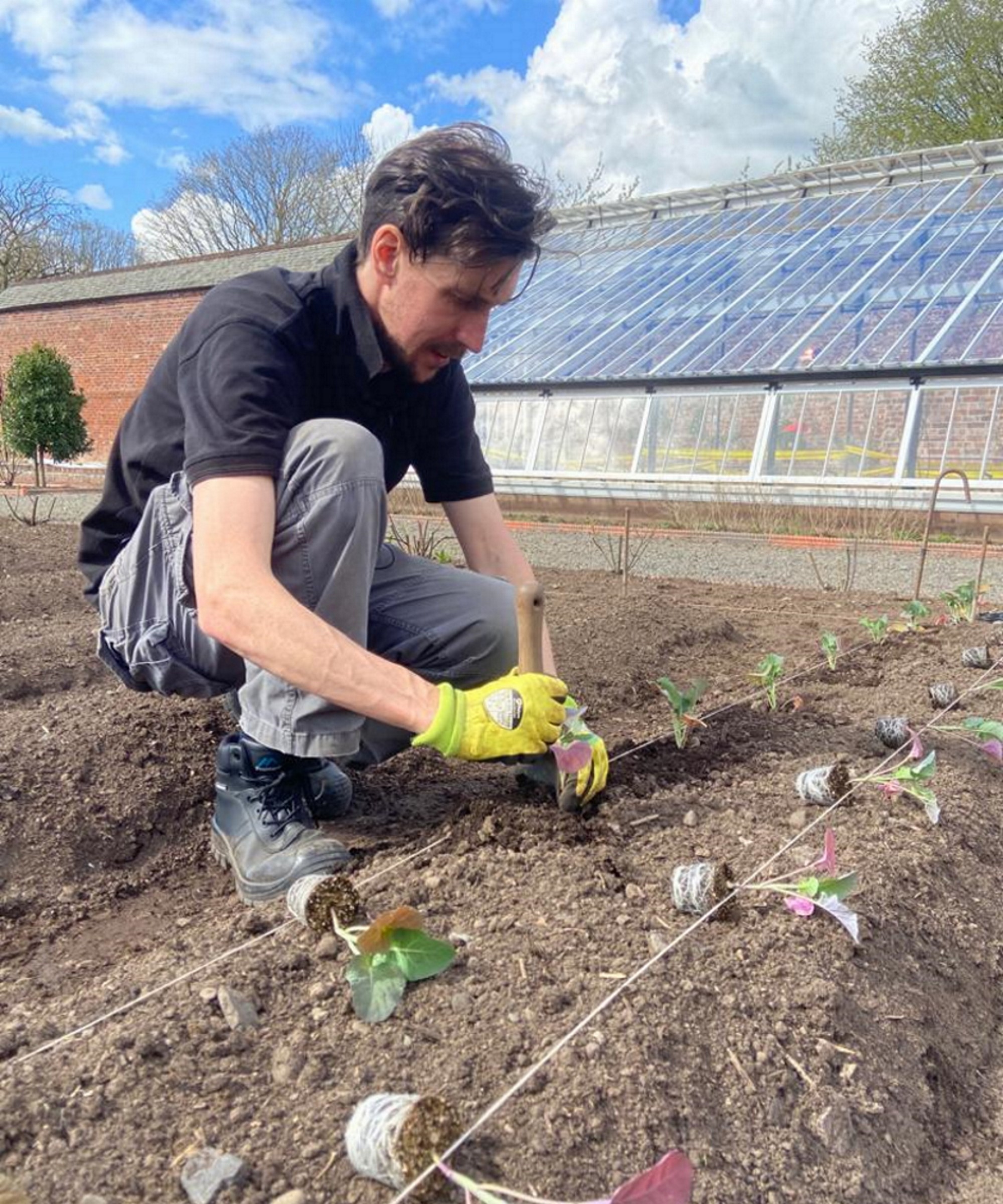
Drew has worked as a writer since 2008 and was also a professional gardener for many years. As a trained horticulturist, he worked in prestigious historic gardens, including Hanbury Hall and the world-famous Hidcote Manor Garden. He also spent time as a specialist kitchen gardener at Soho Farmhouse and Netherby Hall, where he grew vegetables, fruit, herbs, and cut flowers for restaurants. Drew has written for numerous print and online publications and is an allotment holder and garden blogger. He is shortlisted for the Digital Gardening Writer of the Year at the 2025 Garden Media Guild Awards.


